
After spending a combined $7 million in federal funding to protect, track, and conserve Greenland Sharks, one individual went missing, only to be recovered off the coast of Belize in April 2022. But this individual’s disappearance and reappearance some 4,000 miles from its native habitat raises intriguing questions about conservation funding, species longevity, and the complexities of marine ecosystems.
The Greenland Shark in Belize
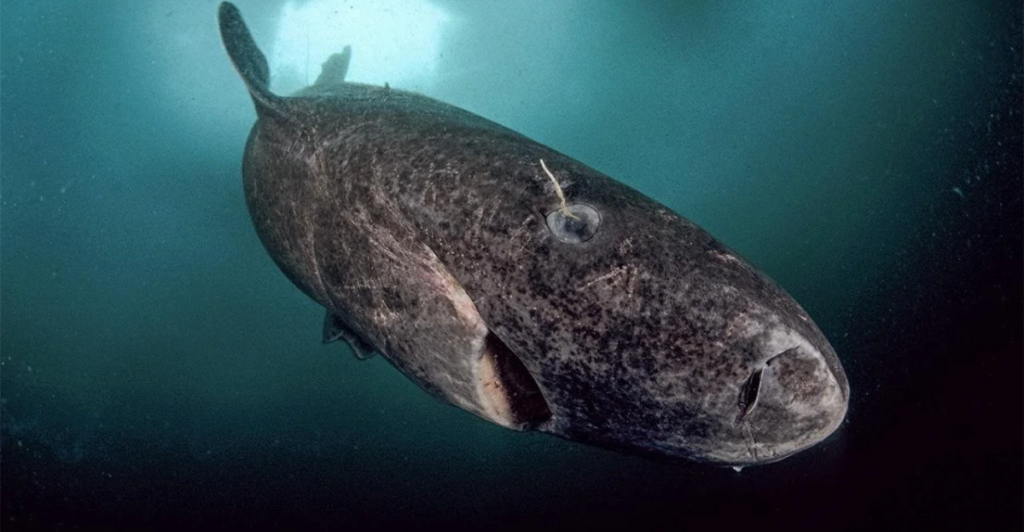
Researchers tagging Tiger Sharks off the southern coast of Belize were shocked when they caught a Greenland shark in their nets. The shark is native to the Arctic and is known to live for roughly 500 years. At first, they thought the shark was dead, due to its black, worn skin and pale blue eyes. The research team considered tagging the shark but feared that they would hurt it so instead they took some notes, photographed and measured the specimen and then let it go.
The Mystery of the Shark in the Caribbean
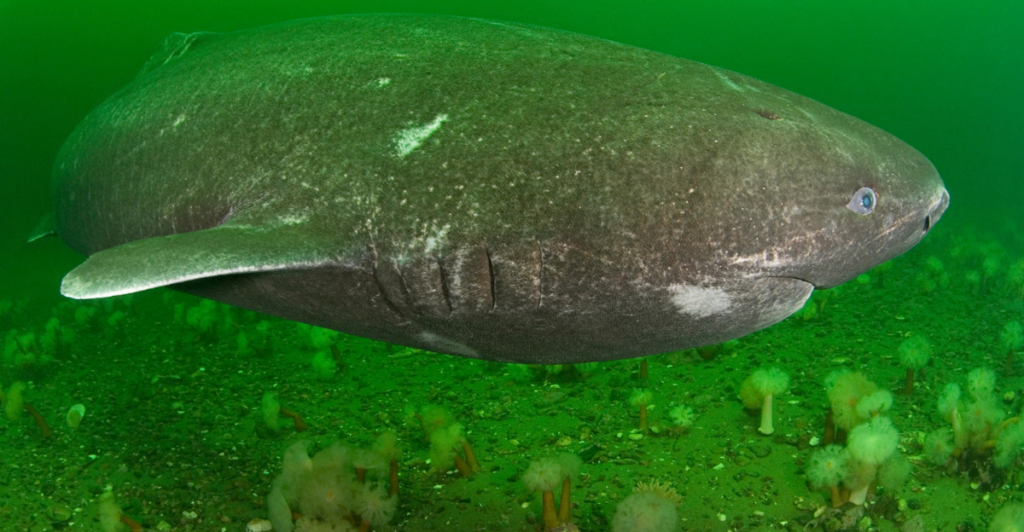
This report marks the first sighting and documentation of a Greenland Shark in the Caribbean. As the species generally inhabits deep, cold waters, the capture of one on the surface of tropical waters raises many questions. Glovers Reef, where the shark was captured, is located 30 miles off the coast with waters of roughly 25 feet and drop-offs of 2,000 feet deep. The discovery of this shark in tropical waters begs the question: Can they survive in warmer but still deep waters?
The Nature of the Greenland Shark
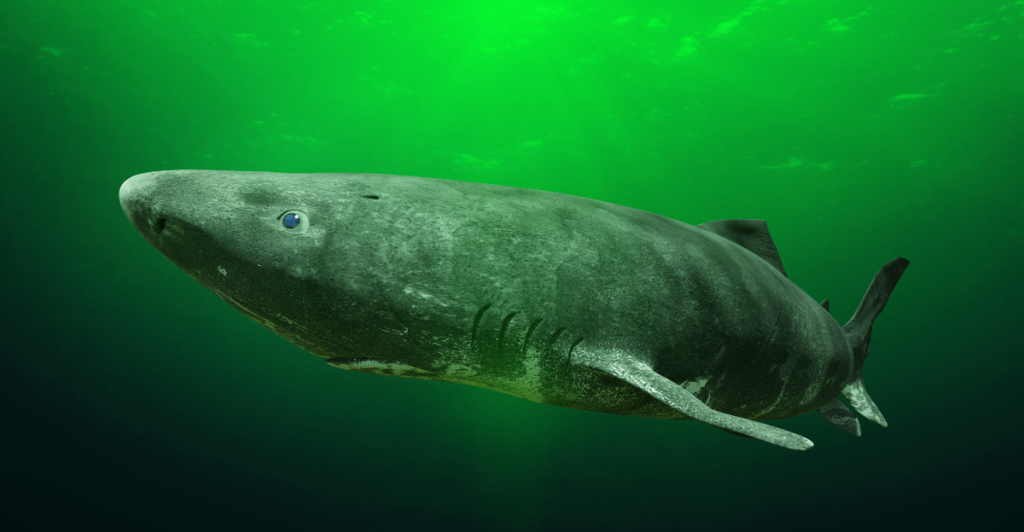
The Greenland Shark is a mystery in itself. Living at depths of up to 7,000 feet and with a lifespan of up to 500 years, the species is known to confound most scientists. Scientists believe that the shark has such a long lifespan because of its incredibly slow speed of life; they don’t reach full sexual maturity before the age of 150 years and grow roughly one-third of an inch annually.
The Study of Greenland Sharks
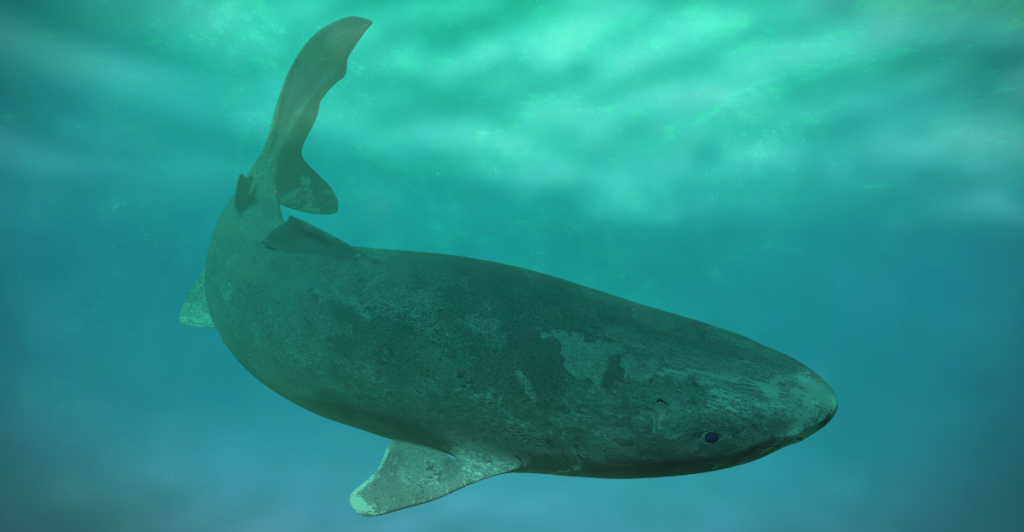
A handful of studies have been published on Greenland Sharks, including one by a group of international researchers into using Eye lens radiocarbon to date how old specimens were. This study also showed that Greenland Sharks have slow metabolism and movement rates. However, it wasn’t until recently that these sharks were given any sort of protection or programs to keep them alive.
Longevity Research and Human Health
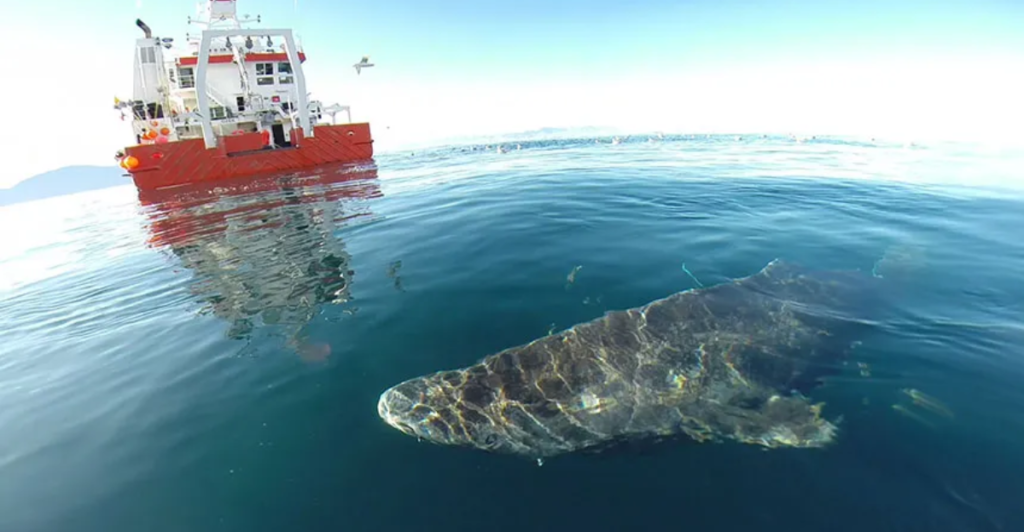
New research indicates that the sharks’ muscle metabolic activity could be an important factor in their lifespan. The research team from the University of Manchester discovered that the sharks displayed no variations in muscle metabolic activity across different ages, indicating that metabolic activity does not decrease over time. The new experimental research may have applications in understanding human cardiovascular health.
Longevity vs. Vulnerability
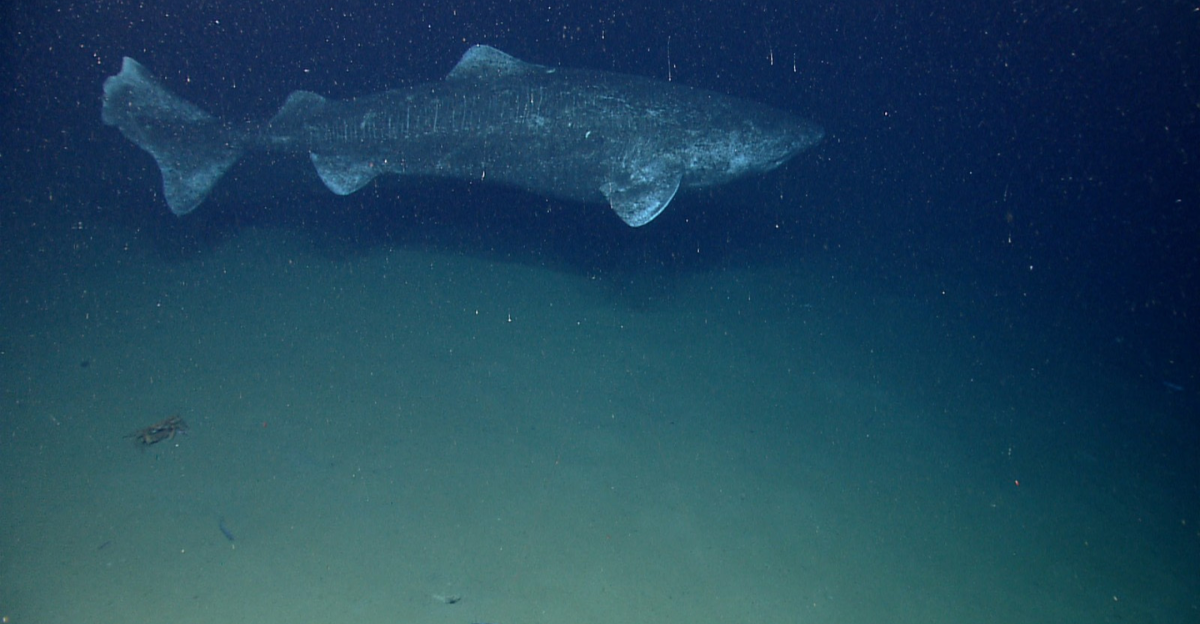
The combination of their slow growth rates and long lifespans has put the Greenland Shark at incredible risk. The species is particularly sensitive to human interference, especially considering its deep-water habitat. They are at risk due to overfishing, as they frequently get caught as bycatch in northern Greenland, and so were given new, historic protections by the Northwest Atlantic Fisheries Organization (NAFO) in 2022.
Protecting the Greenland Shark
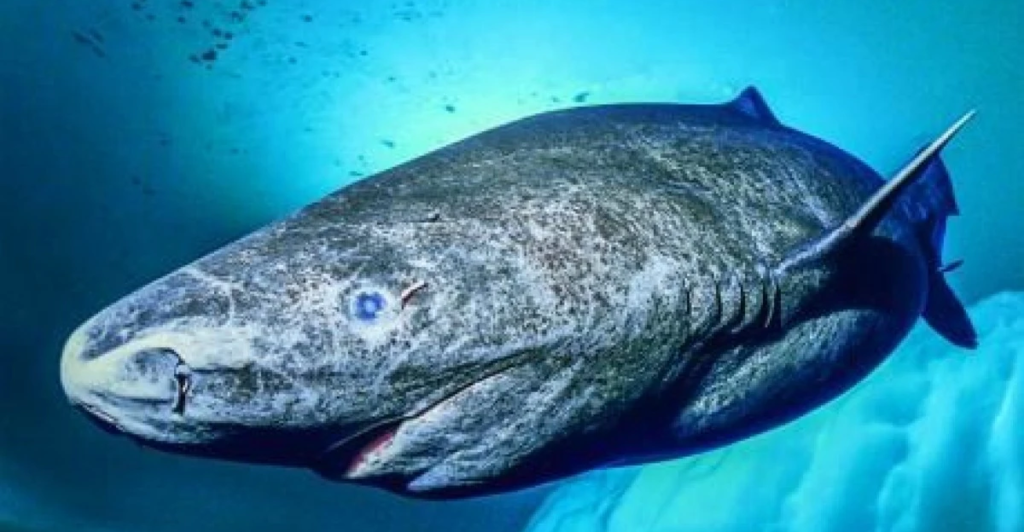
Governments launched and funded protection and research projects to protect the Greenland Shark. One such initiative was launched by the Ocean Stewardship Fund in 2020, where post-doctoral fellows began tagging sharks in the Eastern Canadian Arctic to quantify bycatch survival and mortality rates. This tagging venture will produce data on individual sharks’ depth, temperature, and swimming behavior.
Funding Allocation and Effectiveness

With a combined total of $7 million to protect, track, and research the shark species, the mysterious disappearance of the Greenland Shark and its reappearance in the Caribbean could call into question how financial resources are allocated to marine conservation. We can better understand how future funding should be planned by analyzing how effective these grants are in achieving their conservation goals.
Intersection of Science and Conservation Funding
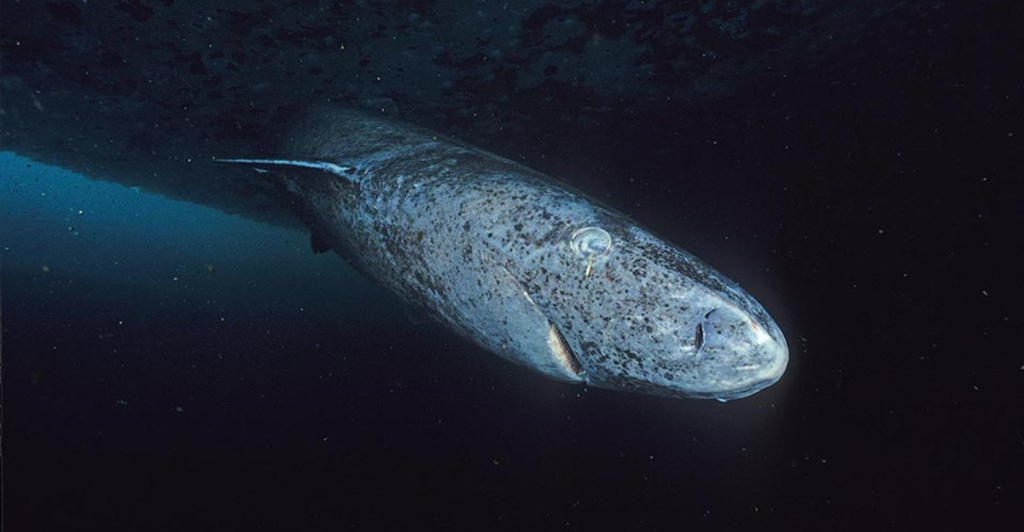
Current conservation strategies are being criticized for being unable to cope with the increasing effects of human-caused environmental degradation. Therefore, the intersection of science and conservation requires the ability to create a space where ecological and sociological systems are viewed as intertwining and related aspects that can provide information about the problem.
Marine Conservation Efforts
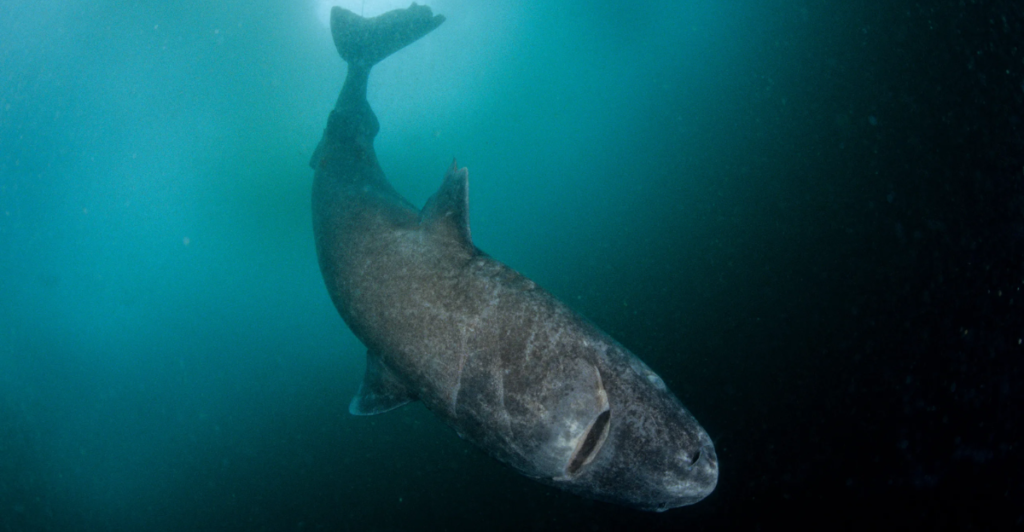
Marine conservation costs are on the rise, with more being spent on trying to sustain and maintain our oceans. However, is this merely a governmental show of support for trends in commitment to ocean health, or is the money actually helping conserve whole ecosystems and species? This case could highlight the need for a more thorough understanding of funding frameworks to ensure that they lead to meaningful conservation actions.
Success Stories
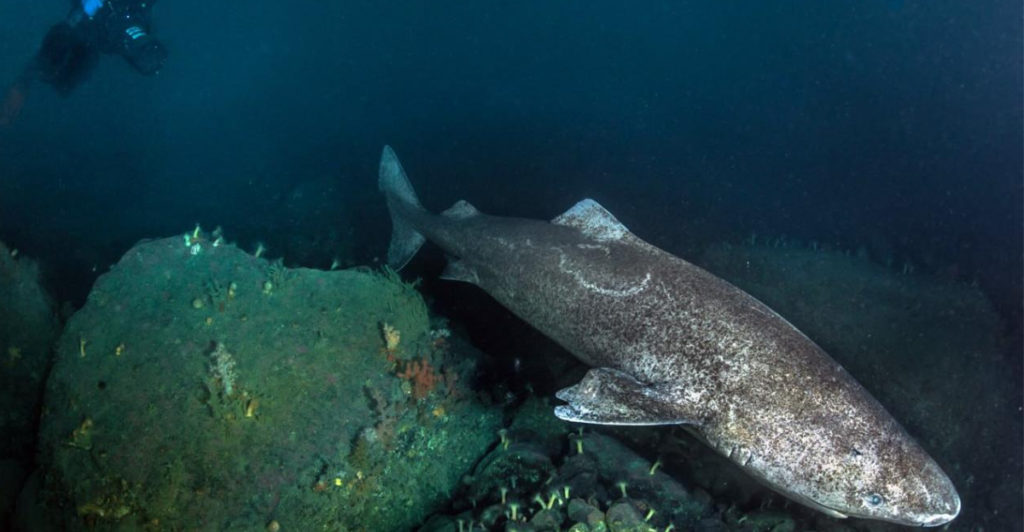
Even though governments often don’t put their money where their mouth is, marine conservation efforts have produced some success stories. For example, Chesapeake Bay once faced a dramatic decline in water quality, leading to decreased fish populations and habitat loss. Still, a collaborative effort from local communities, the government, and non-profits ensured that more eco-friendly farming practices were adopted, leading to cleaner water and thriving ecosystems.
The Future of Marine Conservation

The disappearance of a Greenland shark after receiving millions of dollars in funding for conservation efforts led many to question how this could happen and if the money was being spent wisely. The answer may lie in examining past marine conservation projects that failed to help improve and inform current practices.
Discover more of our trending stories and follow us to keep them appearing in your feed

“There Will Be Eruptions”: Concerns Mount as Yellowstone Supervolcano Activity Shifts
The ‘Dragon Head’ Hominid Discovery in China Challenging the Out of Africa Theory
Massive Solar Plant Is Shutting Down Early—Saving Californians Over $500M
The Best Dog Breeds For Seniors
References:
Reference 1
Reference 2
Reference 3
This article first appeared here
Stay connected with us for more stories like this! Follow us to get the latest updates or hit the Follow button at the top of this article, and let us know what you think by leaving your feedback below. We’d love to hear from you!







